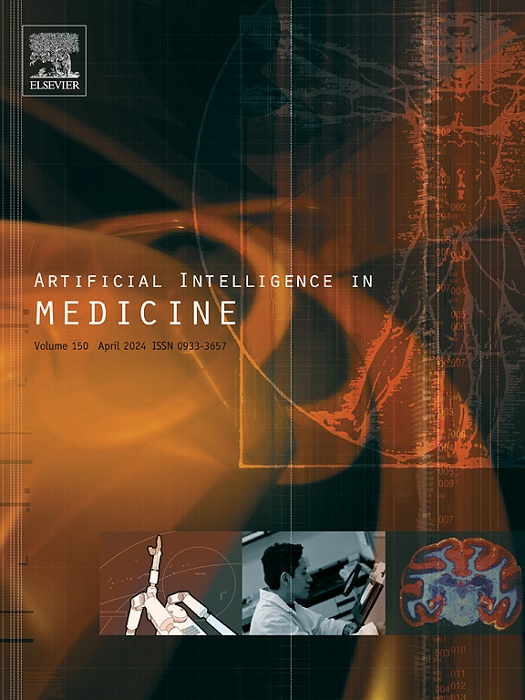TransformerLSR: Attentive joint model of longitudinal data, survival, and recurrent events with concurrent latent structure
IF 6.2
2区 医学
Q1 COMPUTER SCIENCE, ARTIFICIAL INTELLIGENCE
引用次数: 0
Abstract
In applications such as biomedical studies, epidemiology, and social sciences, recurrent events often co-occur with longitudinal measurements and a terminal event, such as death. Therefore, jointly modeling longitudinal measurements, recurrent events, and survival data while accounting for their dependencies is critical. While joint models for the three components exist in statistical literature, many of these approaches are limited by heavy parametric assumptions and scalability issues. Recently, incorporating deep learning techniques into joint modeling has shown promising results. However, current methods only address joint modeling of longitudinal measurements at regularly-spaced observation times and survival events, neglecting recurrent events. In this paper, we develop TransformerLSR, a flexible transformer-based deep modeling and inference framework to jointly model all three components simultaneously. TransformerLSR integrates deep temporal point processes into the joint modeling framework, treating recurrent and terminal events as two competing processes dependent on past longitudinal measurements and recurrent event times. Additionally, TransformerLSR introduces a novel trajectory representation and model architecture to potentially incorporate a priori knowledge of known latent structures among concurrent longitudinal variables. We demonstrate the effectiveness and necessity of TransformerLSR through simulation studies and analyzing a real-world medical dataset on patients after kidney transplantation.
TransformerLSR:纵向数据、生存率和并发潜在结构的复发事件的细心联合模型。
在诸如生物医学研究、流行病学和社会科学等应用中,反复发生的事件往往与纵向测量和最终事件(如死亡)同时发生。因此,联合建模纵向测量、复发事件和生存数据,同时考虑它们的依赖性是至关重要的。虽然统计文献中存在这三个组成部分的联合模型,但这些方法中的许多都受到沉重的参数假设和可扩展性问题的限制。最近,将深度学习技术结合到联合建模中已经显示出可喜的结果。然而,目前的方法只解决了定期观察时间和生存事件纵向测量的联合建模,忽略了复发事件。在本文中,我们开发了TransformerLSR,这是一个灵活的基于变压器的深度建模和推理框架,可以同时对这三个组件进行联合建模。TransformerLSR将深度时间点过程集成到联合建模框架中,根据过去的纵向测量和重复事件时间,将重复事件和结束事件视为两个相互竞争的过程。此外,TransformerLSR引入了一种新的轨迹表示和模型架构,以潜在地整合并发纵向变量中已知潜在结构的先验知识。我们通过模拟研究和分析现实世界肾移植患者的医疗数据集来证明TransformerLSR的有效性和必要性。
本文章由计算机程序翻译,如有差异,请以英文原文为准。
求助全文
约1分钟内获得全文
求助全文
来源期刊

Artificial Intelligence in Medicine
工程技术-工程:生物医学
CiteScore
15.00
自引率
2.70%
发文量
143
审稿时长
6.3 months
期刊介绍:
Artificial Intelligence in Medicine publishes original articles from a wide variety of interdisciplinary perspectives concerning the theory and practice of artificial intelligence (AI) in medicine, medically-oriented human biology, and health care.
Artificial intelligence in medicine may be characterized as the scientific discipline pertaining to research studies, projects, and applications that aim at supporting decision-based medical tasks through knowledge- and/or data-intensive computer-based solutions that ultimately support and improve the performance of a human care provider.
 求助内容:
求助内容: 应助结果提醒方式:
应助结果提醒方式:


